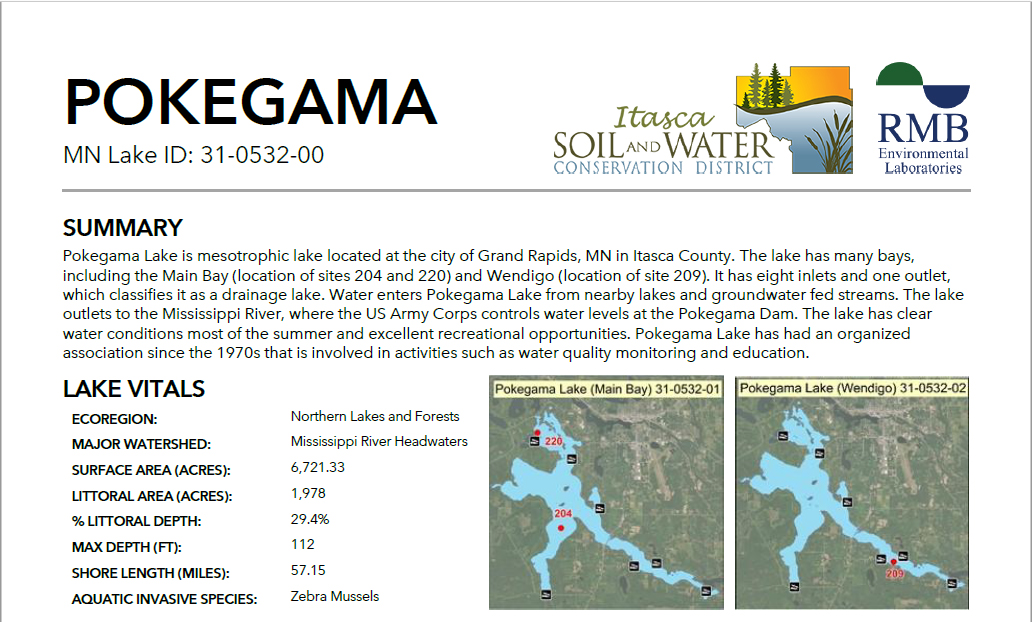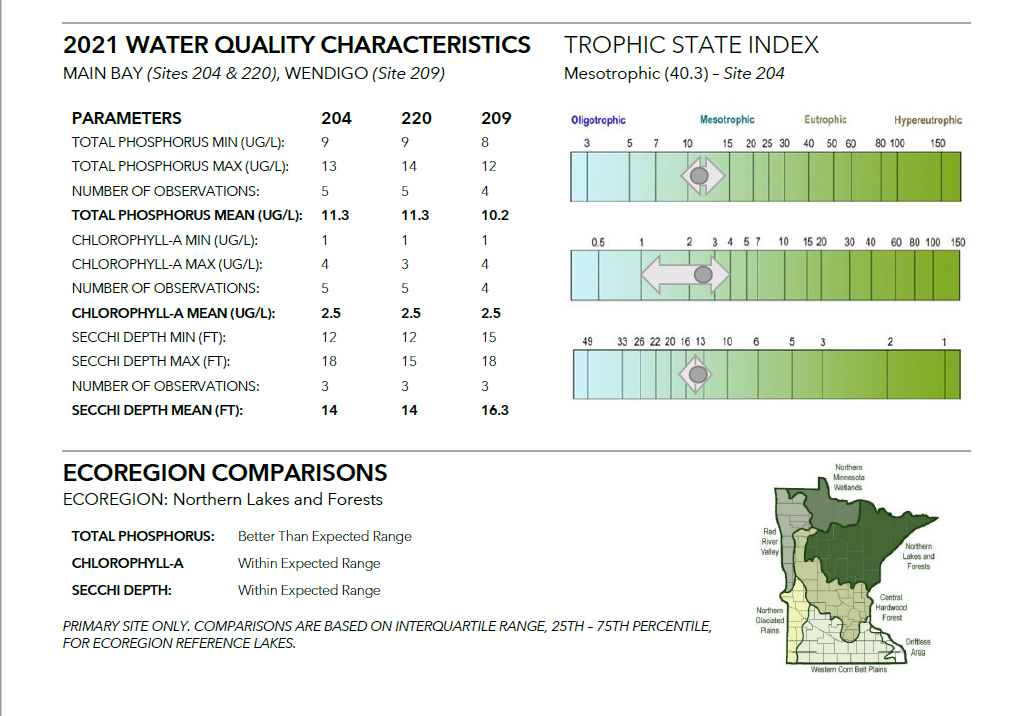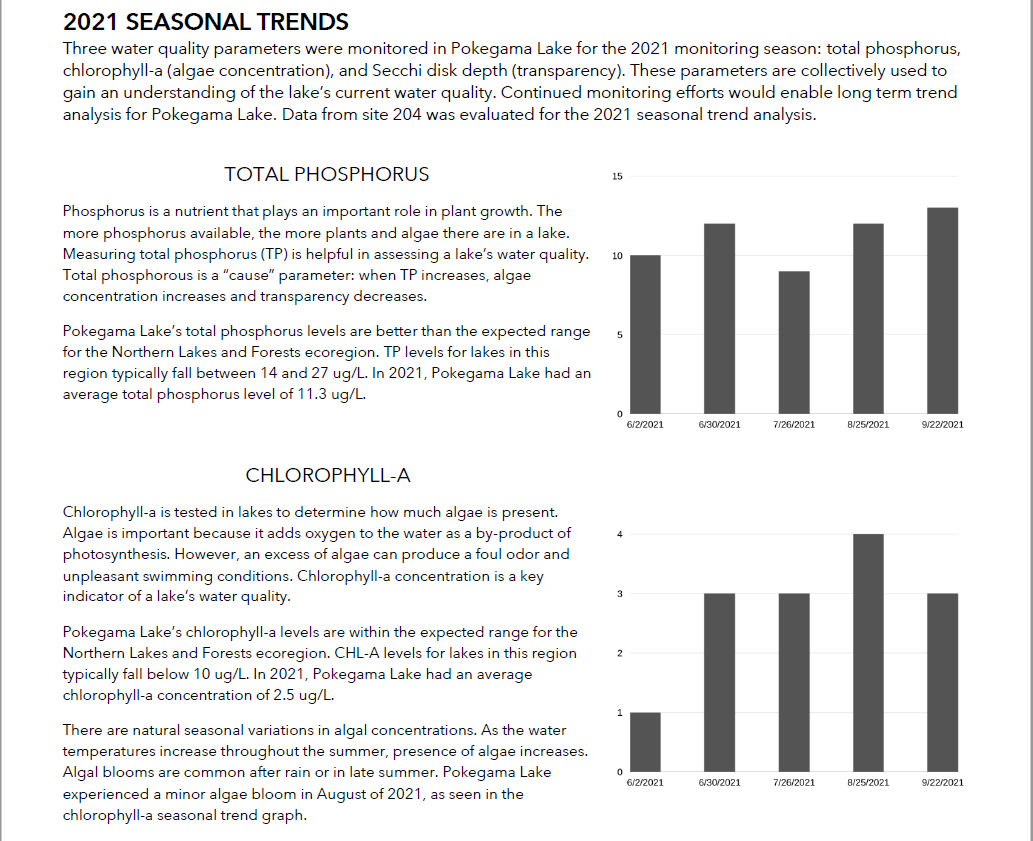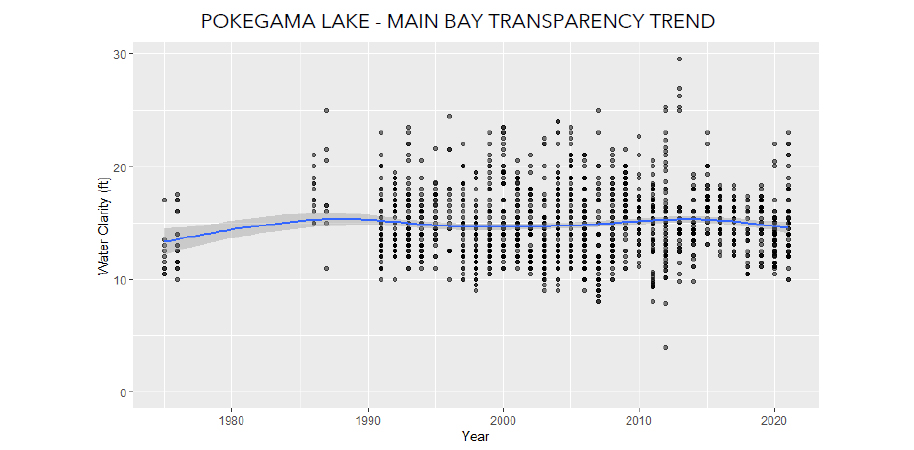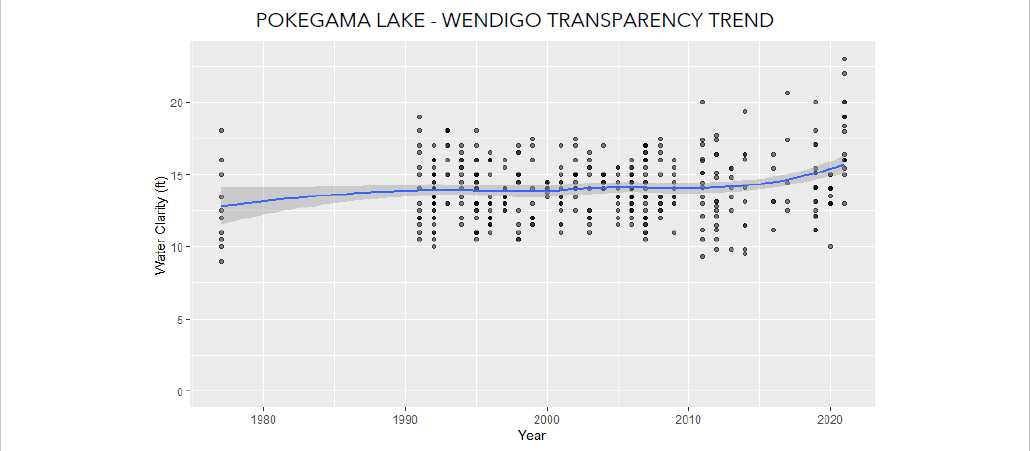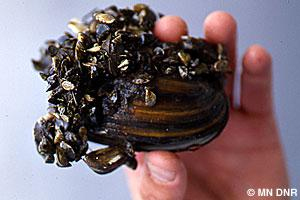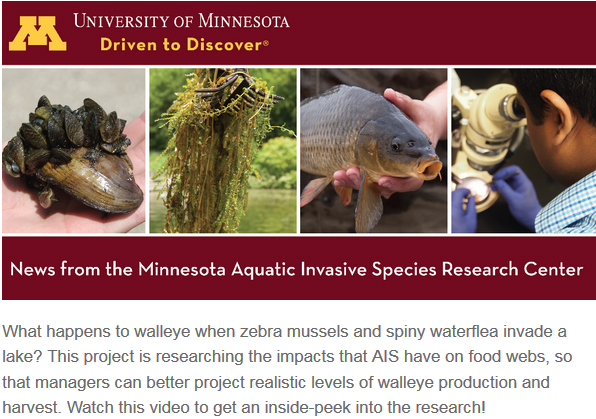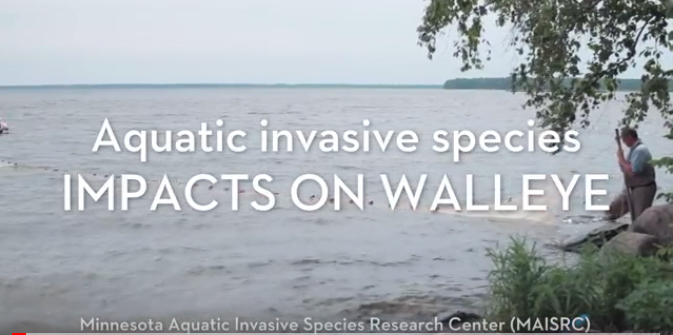Several connected lakes also added to infested waters list
The Minnesota Department of Natural Resources has confirmed a report of zebra mussels in Blandin Reservoir on the Mississippi River, abutting the city of Grand Rapids in Itasca County. Several lakes connected to the reservoir by a Mississippi River tributary are also being added to the infested waters list.
Itasca County invasive species staff contacted the DNR after finding zebra mussels on settlement samplers that were installed this spring near the public access on the east side of the reservoir. Settlement samplers are solid surfaces placed in the water that people can regularly check for attached zebra mussels.
DNR invasive species staff confirmed zebra mussels on old saw logs and other logging relics throughout the reservoir. The Mississippi River splits near the reservoir, and a tributary connects several nearby lakes. Because of the connection, Lake Pokegama, Jay Gould Lake, Little Jay Gould Lake, and the Mississippi River from Lake Winnibigoshish to Mississippi Lake will also be added to the infested waters list.
DNR invasive species specialists recently confirmed zebra mussels at several points in that stretch of the river. No zebra mussels were found in recent surveys of Lake Pokegama and Jay Gould Lake, but they will be added because they are closely connected to waters with confirmed zebra mussel populations. Following additional surveys and technical review, more distant connected waters may also be added to the infested waters list.
To reduce the risk of spreading aquatic invasive species, activities like bait harvest, commercial fishing, and water appropriation are managed differently in infested waters. The DNR has already been in contact with some of the businesses that would be affected by this designation, along with the Leech Lake Band of Ojibwe.
The DNR appreciates the help and cooperation of Itasca County staff, who detected zebra mussels, notified the DNR and assisted with the follow-up investigation.
Whether or not a lake is listed as infested, Minnesota law requires boaters and anglers to:
- Clean watercraft and trailers of aquatic plants and prohibited invasive species.
- Drain all water by removing drain plugs and keeping them out during transport.
- Dispose of unwanted bait in the trash.
Some invasive species are small and difficult to see at the access. To remove or kill them, take one or more of the following precautions before moving to another waterbody:
- Spray with high-pressure water.
- Rinse with very hot water (120 degrees for at least two minutes or 140 degrees for at least 10 seconds).
- Dry for at least five days.
Zebra mussels can compete with native species for food and habitat, cut the feet of swimmers, reduce the performance of boat motors, and cause expensive damage to water intake pipes.
People should contact an area DNR aquatic invasive species specialist if they think they have found zebra mussels or any other invasive species.
More information is available at mndnr.gov/ais.

